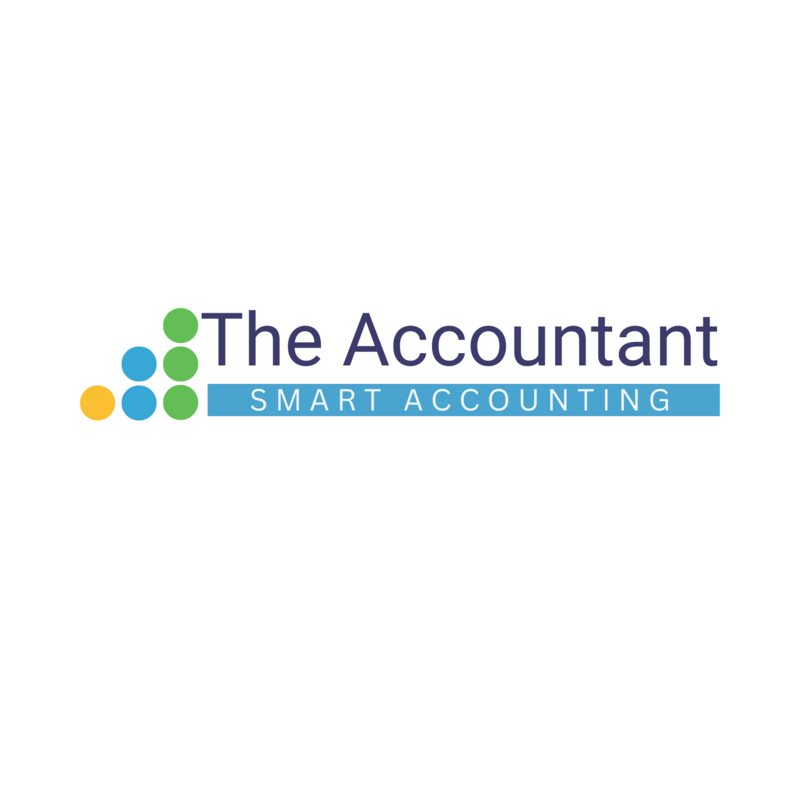Articles
Navigating Financial Metrics: Why the Current Ratio Is Key for Your Business

Share article
Feeling lost when someone mentions the “current ratio”?
You’re not alone. It may sound like something straight out of a high school math book, but understanding the current ratio can make a big difference in managing your business’s financial health—especially here in the UAE.
Let’s break it down simply and show why this one number matters more than you think.
💡 What Is the Current Ratio?
In simple terms, the current ratio measures your business’s ability to pay off short-term obligations using short-term assets. It’s like taking a snapshot of your financial health—right now.
If your ratio is strong, it tells partners and investors that you can handle your upcoming bills and keep operations smooth. If it’s low, it’s a signal to re-evaluate cash flow or cost structures.
📥 The Inputs: What You’ll Need
To calculate it, you need just two numbers:
✅ Current Assets:
Cash on hand and in the bank
Accounts receivable (money owed to you)
InventoryAny short-term investments or liquid assets
✅ Current Liabilities:
Accounts payable (bills to be paid)
Short-term loans or credit lines
Taxes due, payroll liabilities, or any other short-term obligations
🧮 The FormulaHere’s the straightforward formula:
Current Ratio = Current Assets ÷ Current Liabilities
Example:
If your business has AED 150,000 in current assets and AED 75,000 in current liabilities, your current ratio is:
2.0
That means you have twice the assets needed to cover your short-term debts—something investors and lenders love to see.
Current Ratio vs. Quick Ratio
You might also hear about the quick ratio. It’s similar, but a bit stricter—it excludes inventory from your assets since that can take time to sell and convert to cash.
While the current ratio gives a broader view of liquidity, the quick ratio provides a more conservative outlook. Knowing both helps you stay prepared and make stronger financial decisions.
What’s a “Good” Current Ratio?
It depends on your industry, but generally:
1.5 to 3.0 = Healthy and safe
Below 1.0 = Risk of cash shortfall
Above 3.0 = Maybe you’re holding too much idle cash
The key is balance. Too low, and you’re struggling. Too high, and you’re possibly missing growth opportunities.
So Why Does This Matter?
Because understanding the current ratio:
Helps you manage cash flow wisely
Guides you in setting goals and budgets
Supports funding applications or investor pitches
Alerts you before problems escalate
Need Help Reviewing Your Ratio?
Not sure where your business stands—or how to improve it? That’s where we come in.
At The Accountant, we help UAE businesses of all sizes track key financial metrics, forecast cash flow, and stay compliant. Our accounting and bookkeeping services in Dubai are designed to simplify your operations while giving you clarity and control.
Advertisement

